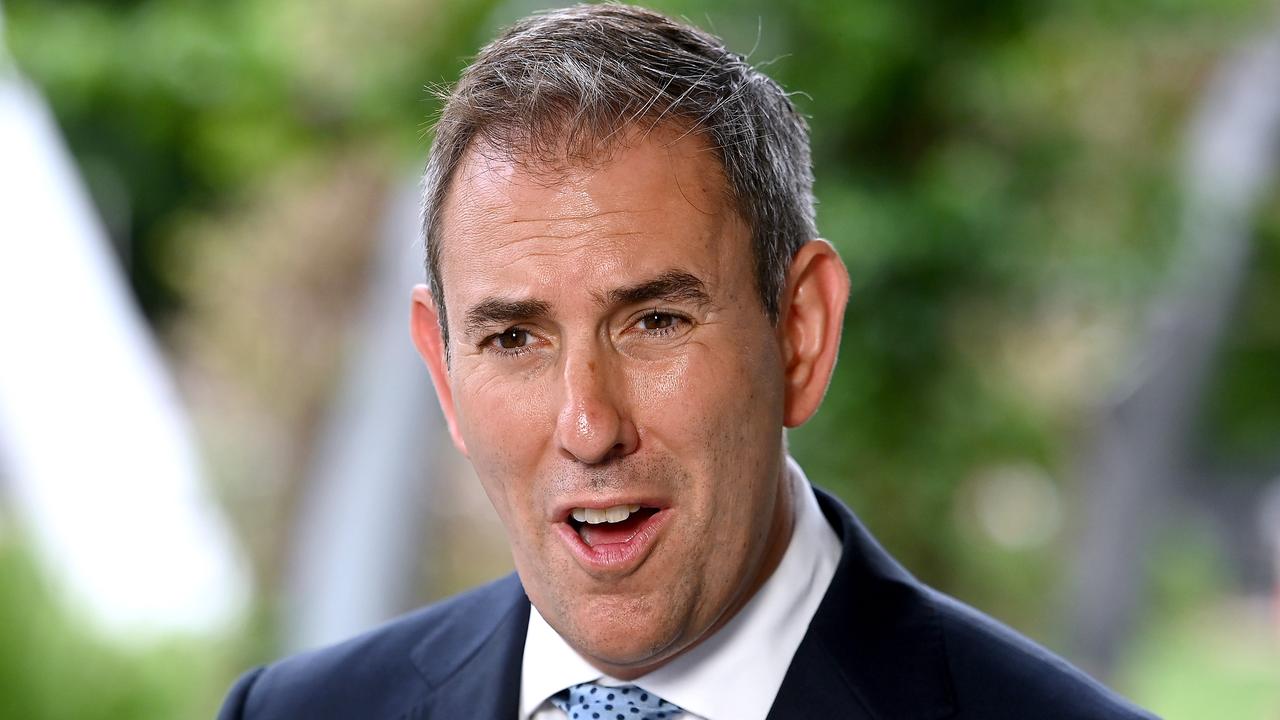Qld sea level rise mapping reveals suburbs, tourist destinations to be wiped out by 2100 with 0.84m rise
Large chunks of Queensland are expected to vanish underwater as sea levels threaten the state. A “realistic” report shows 55 suburbs and hotspots will disappear. Full list of suburbs and when it’s expected to occur revealed.
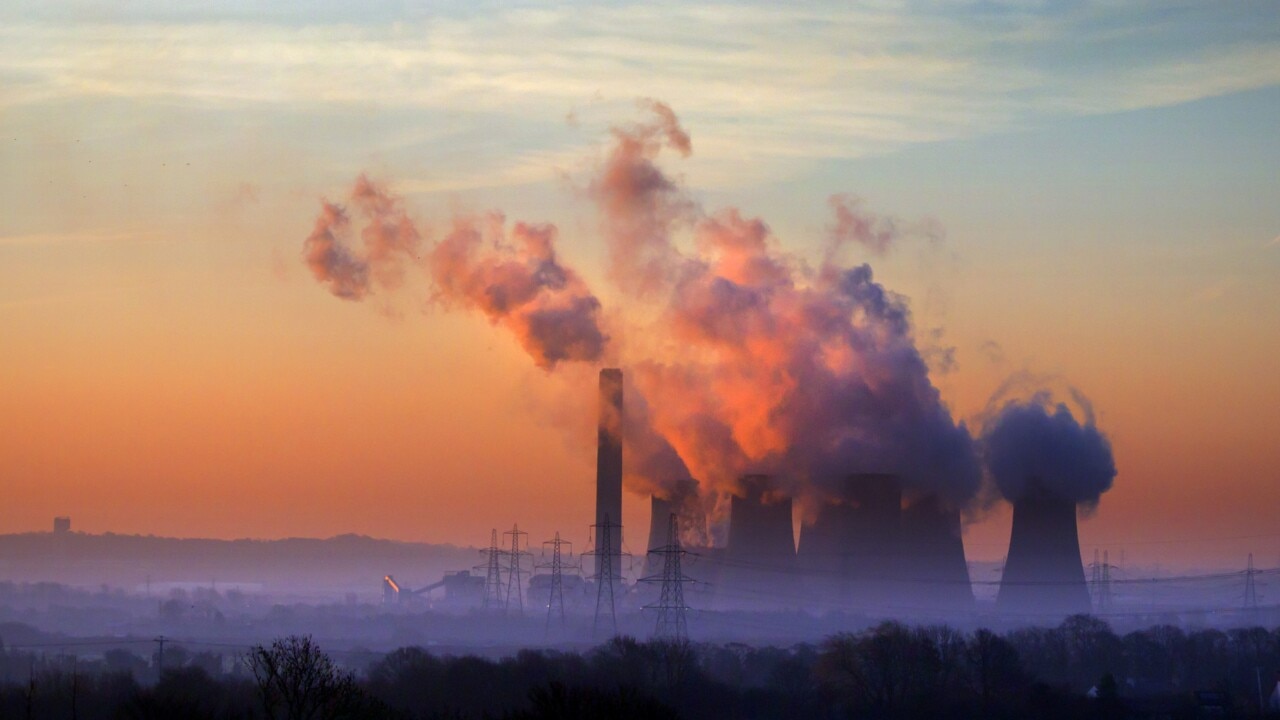
QLD News
Don't miss out on the headlines from QLD News. Followed categories will be added to My News.
New mapping that predicts the impact of climate change has revealed a bleak but “realistic” possibility of rising sea levels inundating dome Queensland’s top tourism infrastructure including Brisbane Airport, Noosa, large parts of the Gold Coast and some of the most popular islands in the Whitsundays.
SCROLL DOWN TO SEE THE FULL LIST OF THREATENED SUBURBS AND HOW KEY AREAS WILL LOOK
The Coastal Risk Australia Map paints a dire picture for some of the Sunshine State’s most iconic locations based on findings from the Intergovernmental Panel on Climate Change Fifth Assessment Report.
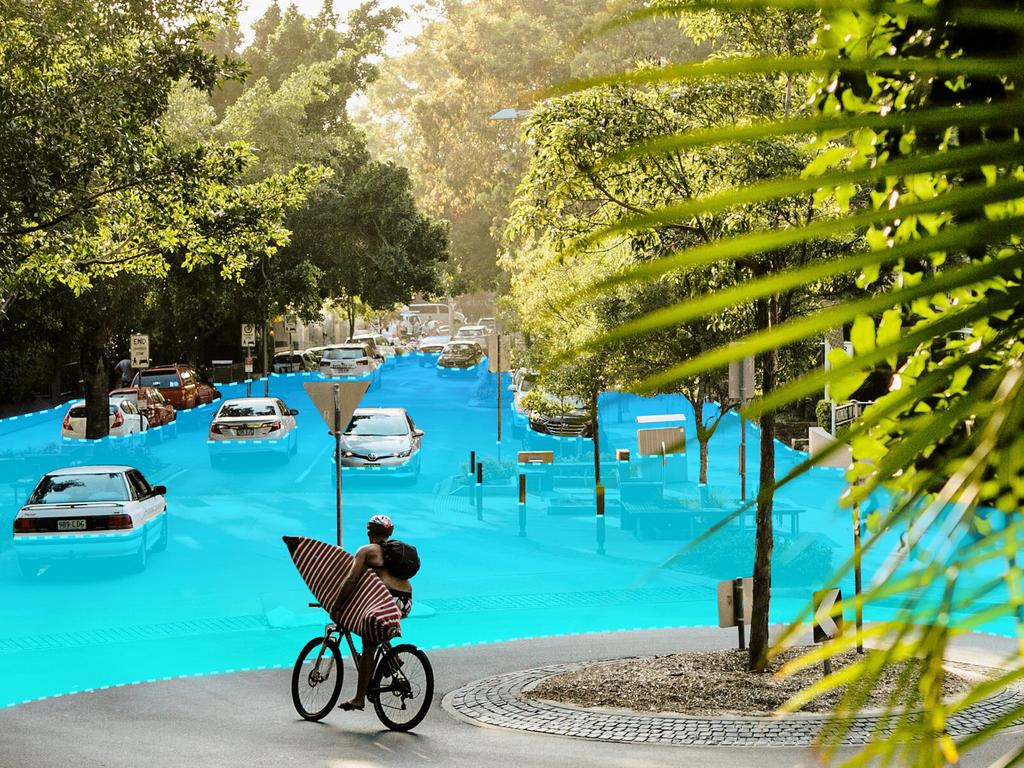
The interactive map shows Cairns Central Business District, Hamilton Island Airport and almost all of Maroochydore could be swamped by sea levels in 2100 based on a “high emissions scenario” of a 0.84m rise.
NOOSA
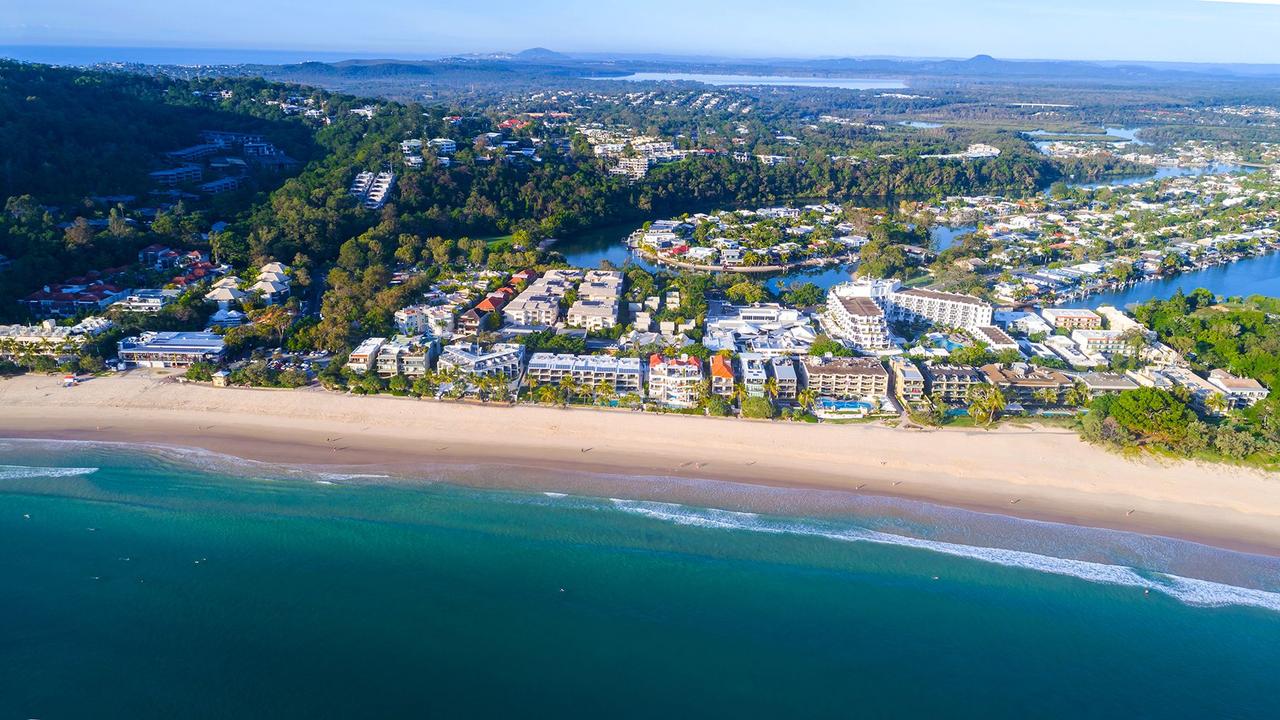
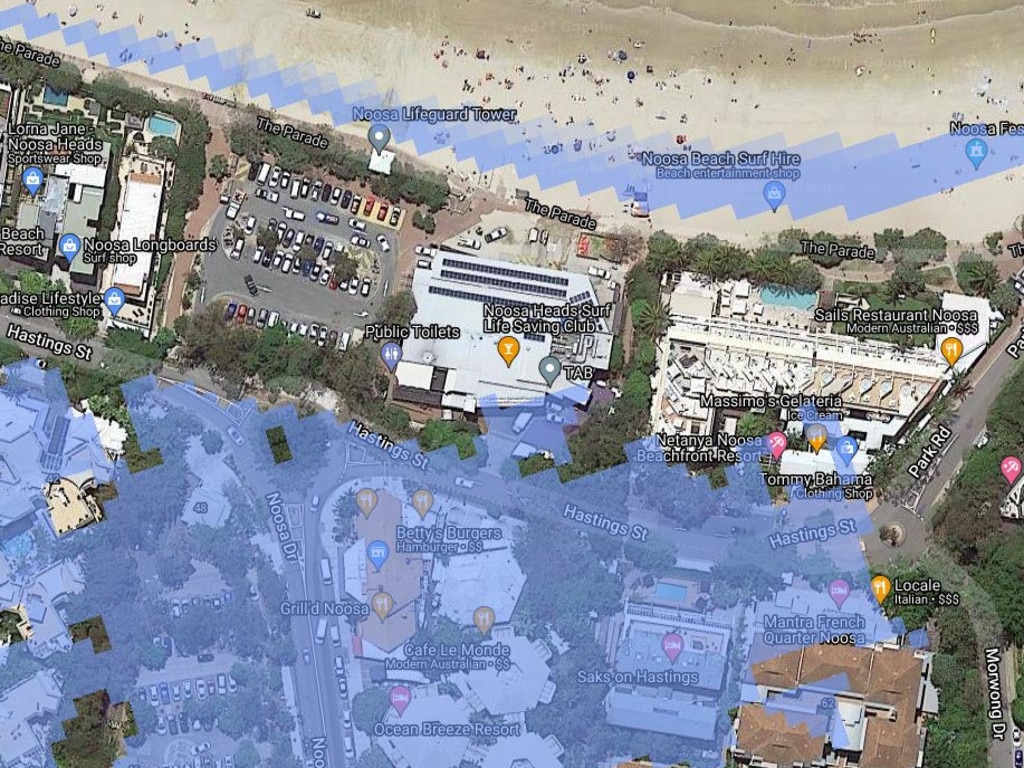
FrontierSI and NGIS Australia developed the map, which states the predicted 0.84m sea level rise was in line with recent global emissions and observations of sea levels.
“It is by no means an extreme scenario,” Bond University environmental science expert Daryl McPhee said.
“Like any modelling there is no guarantee the scenario will eventuate, but based on available information it is realistic scenario if no mitigation is undertaken.”
BRISBANE AIRPORT
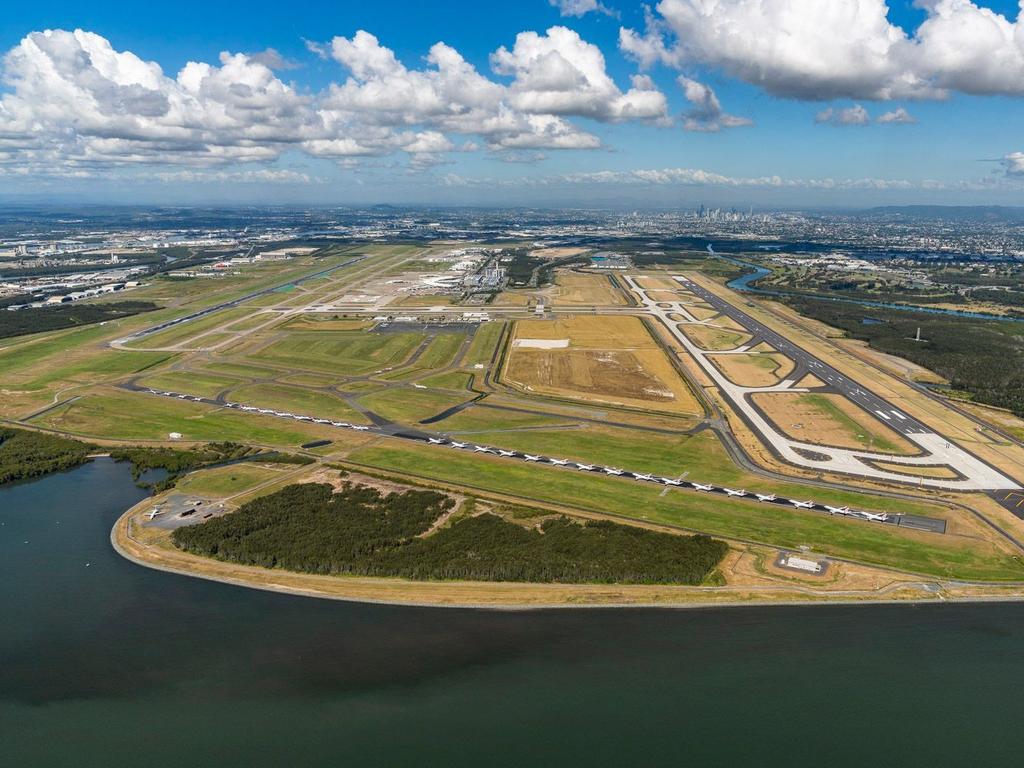
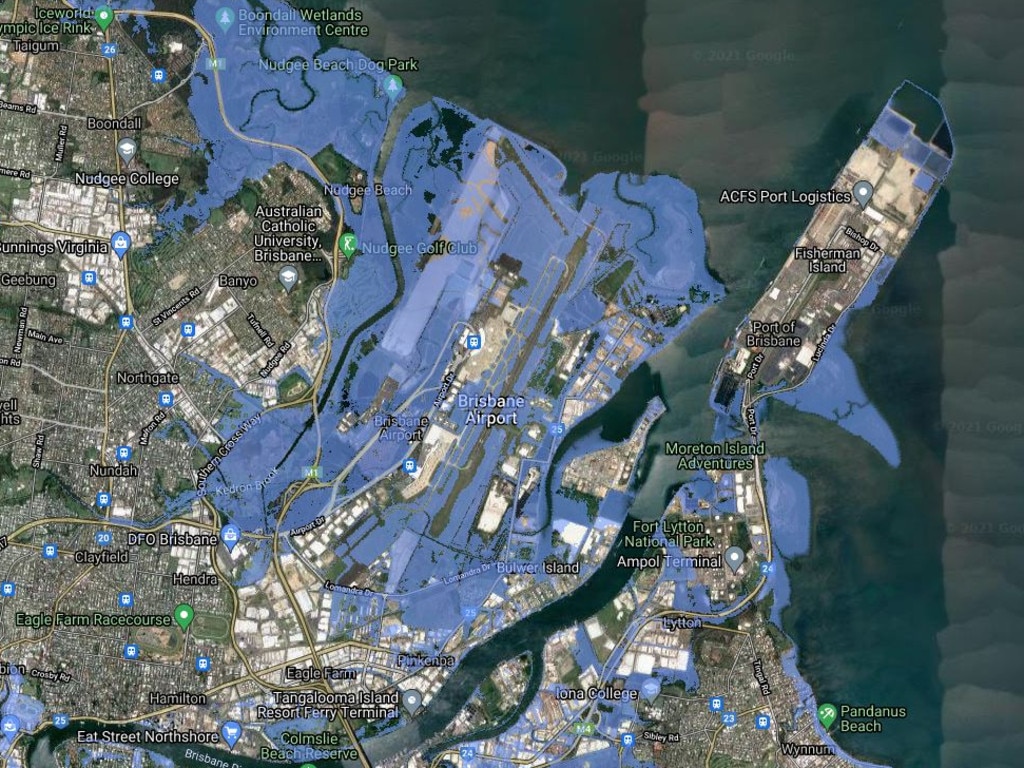
PORTSIDE WHARF, HAMILTON
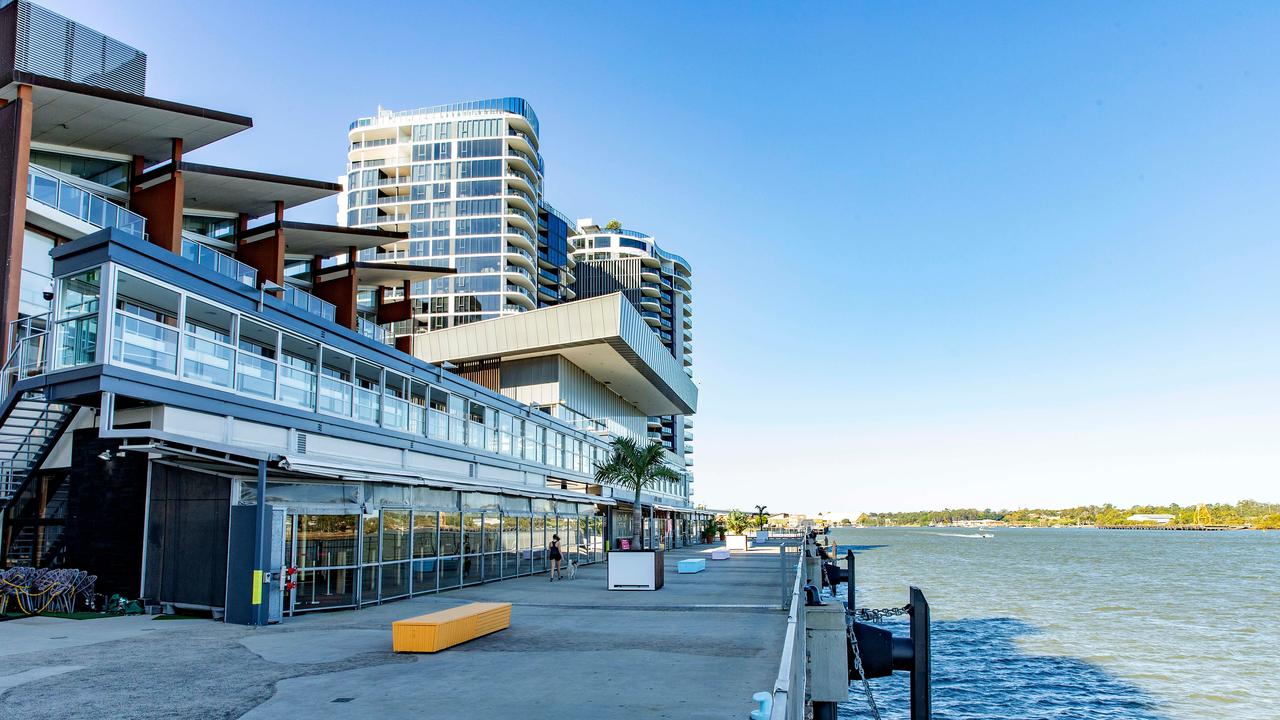
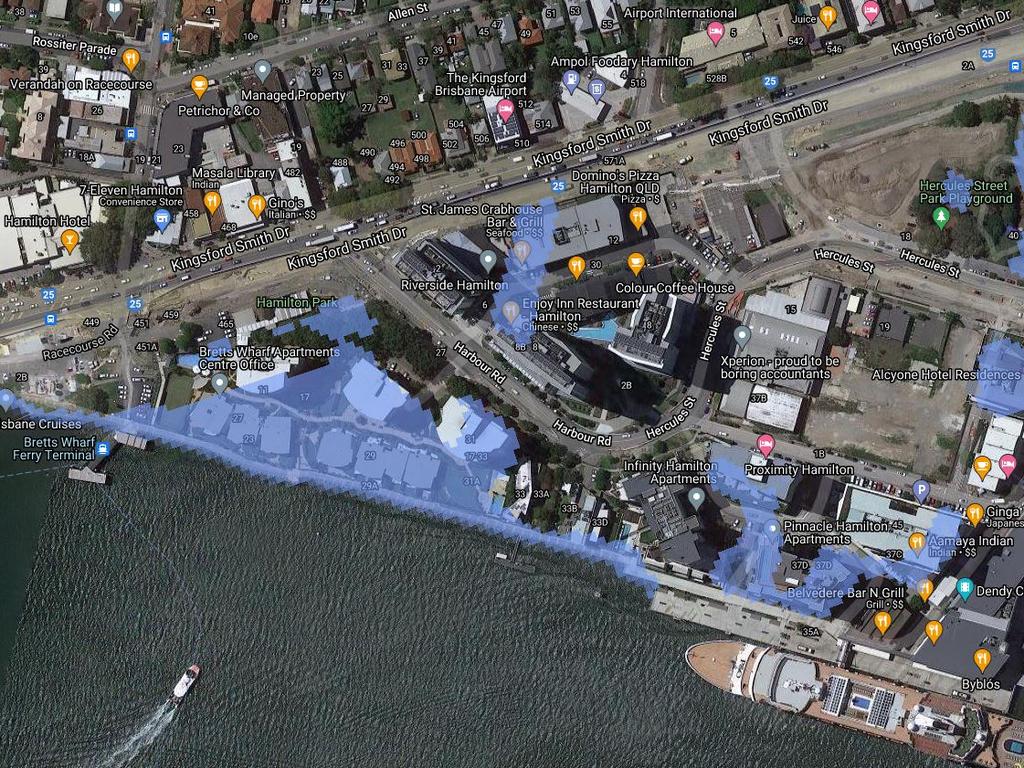
The high-emissions scenario predicts Brisbane landmarks to be impacted include Albion Park Raceway, Woolloongabba Rotary park, the Manly Boathouse, and Milton’s Roy Emerson Tennis Centre.
The modelling portrays rivers and creeks rising as far west as Oxley, where the Ipswich Motorway could go under.
“Prime residential locations such as the Gold Coast and Noosa are particularly prone to inundation, even if it is not the extent predicted in the model,” Dr McPhee said.
“On the Gold Coast the ‘A-line’ which is a buried rock wall that runs unobtrusively beneath many Gold Coast beaches is a critical last line of defence and should not be compromised by any public or private developments.
“Low-lying riverfront properties at places such as the Noosa River and the Nerang River and along Gold Coast suburbs such as Runaway Bay and Paradise Point are likely to see the first significant impacts and will need to prepare early to mitigate against them.”
GOLD COAST
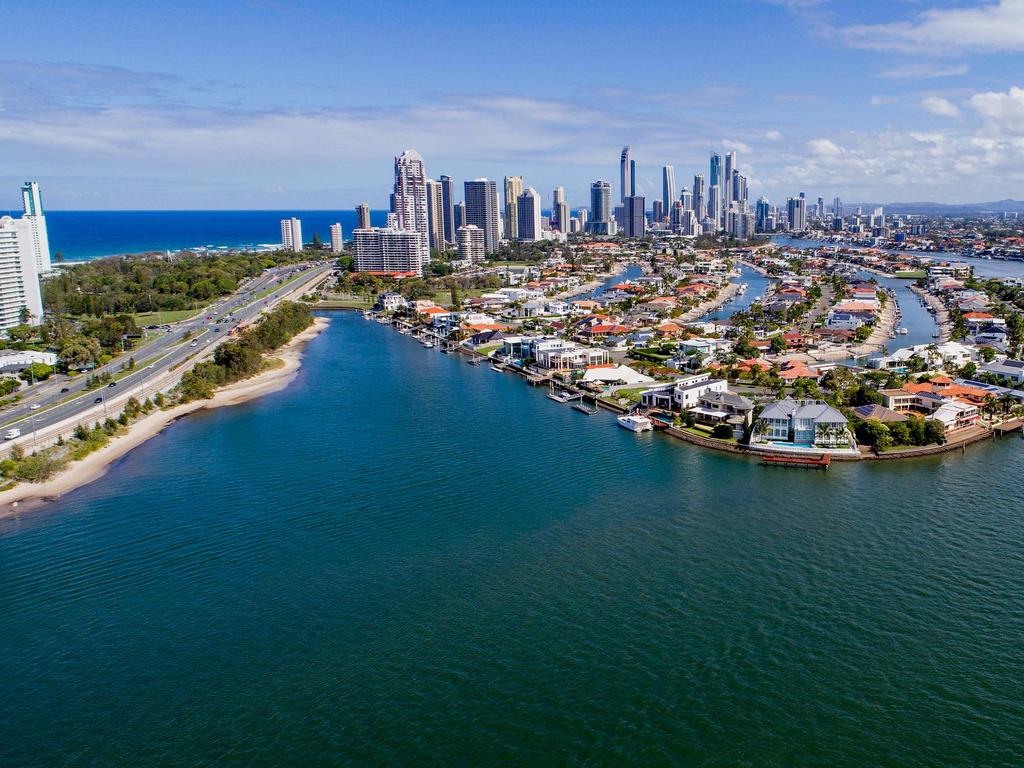
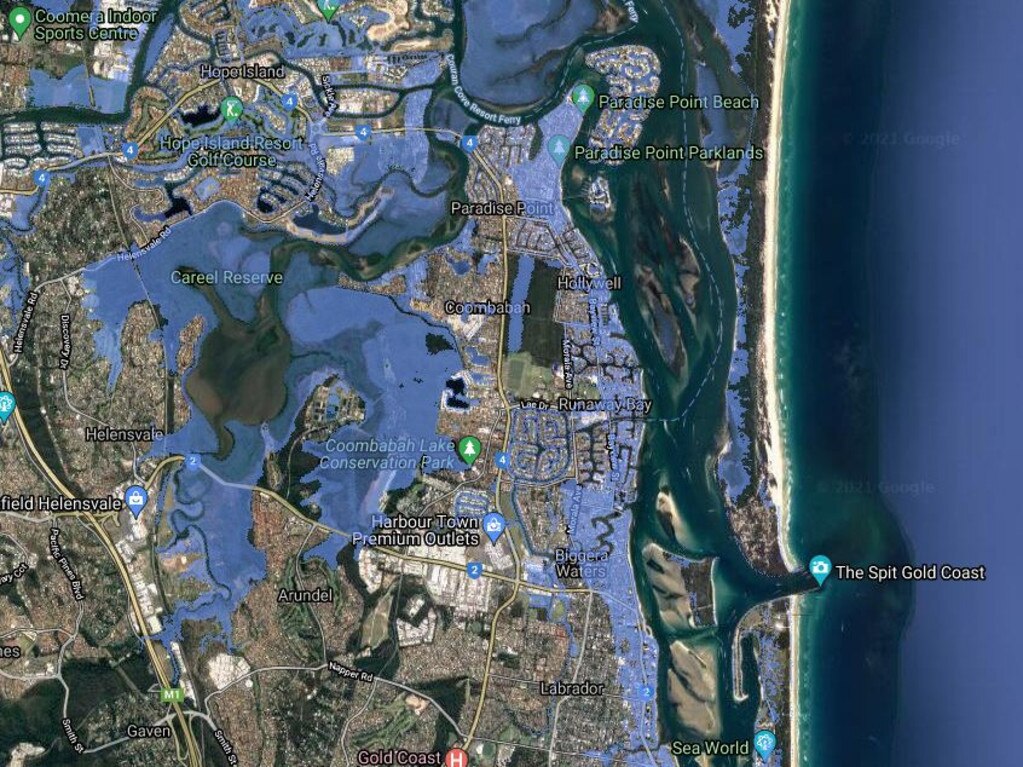
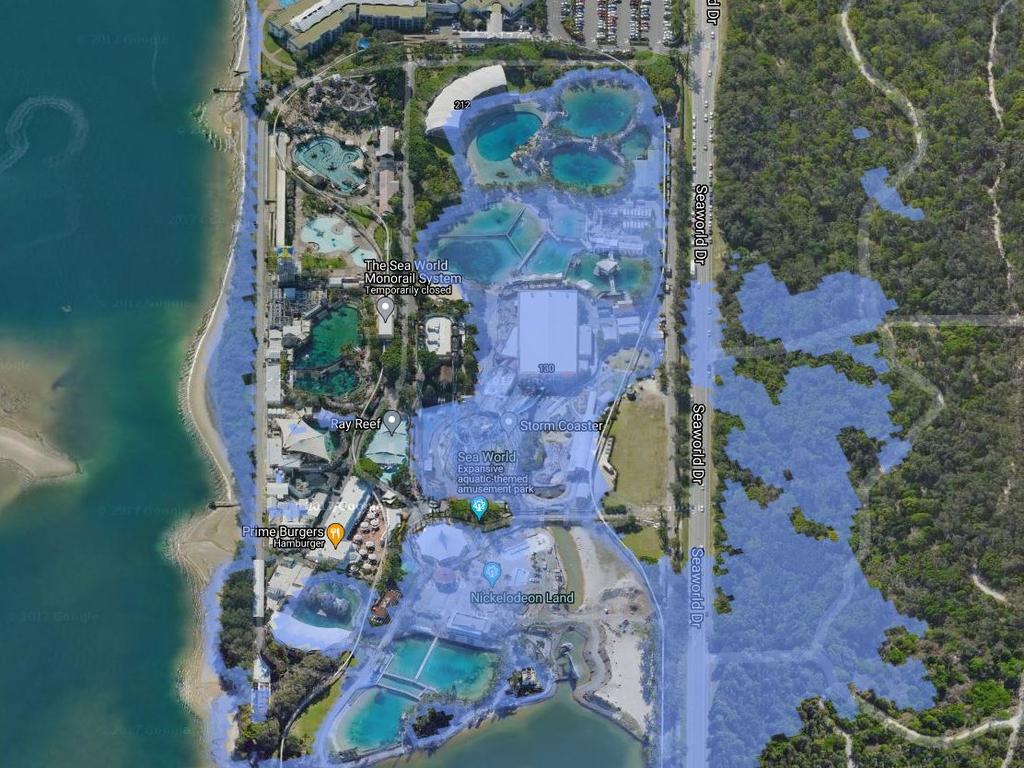
Dr McPhee said a reduction in greenhouse gas emissions could reduce the probability of the 0.84m sea level rise from happening.
But an even grimmer picture is painted by the map’s option to select a “very high scenario” modelled off a less likely sea level rise of 5m by 2150.
If climate change sends Queensland in that direction, the world can wave goodbye to Whitehaven Beach, Port Douglas, Wynnum and Manly’s foreshore and the Burleigh Pavilion.
A 5m rise would also flood almost the entirety of Nudgee Beach, Maroochydore, Beachmere, Tweed Heads and Inskip.
Upon releasing the map, CEO of FrontierSI Graeme Kernich said the aim was to place scientific modelling into the hands of the people so they could see for themselves how the areas they live in could be impacted by climate change.
MAROOCHYDORE
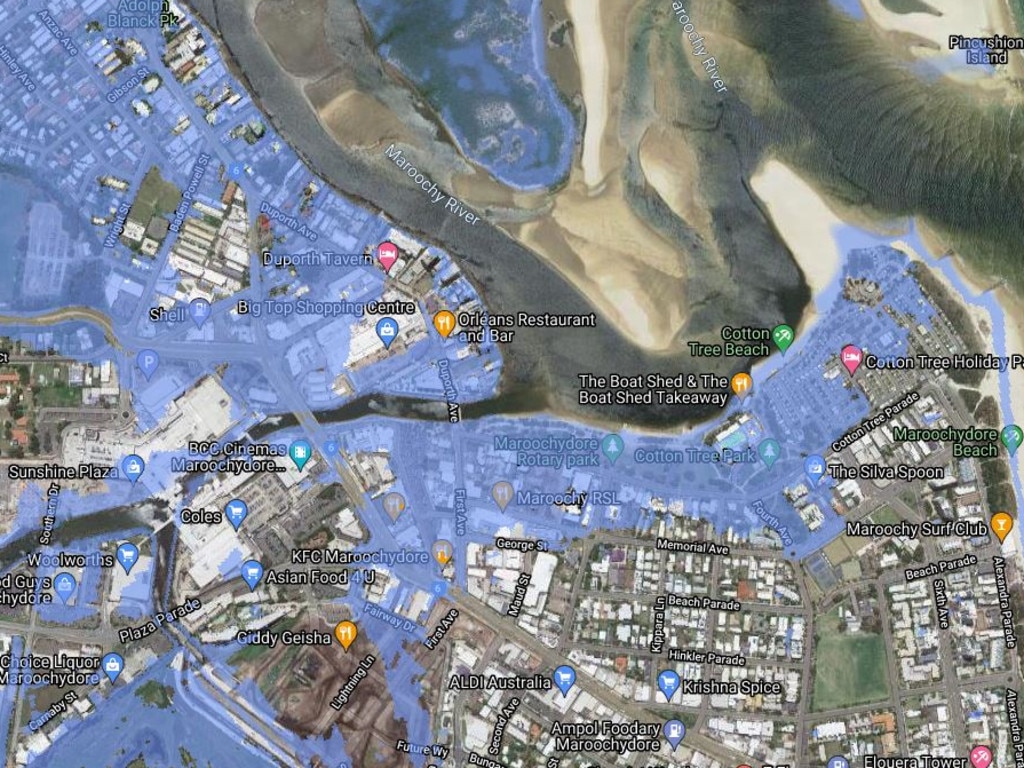
Research published by the Reserve Bank of Australia in September explored how climate change could affect Australian banks and house prices by 2050.
The analysis by economists Kellie Bellrose, David Norman and Michelle Royters suggested there would be 254 climate-sensitive suburbs across Australia in 2050 which could see a 10 per cent fall in house prices.
CAIRNS

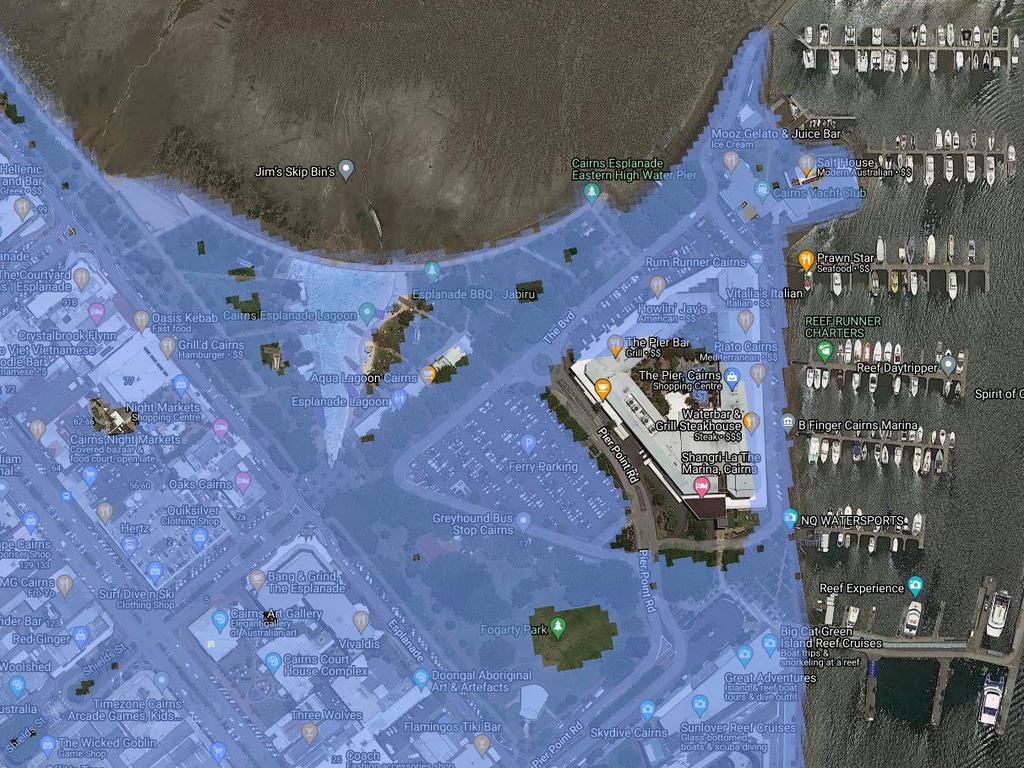
“Within the major capital cities, where the majority of properties are located, the highest risk regions are mostly located on the coastline, particularly in Brisbane,” the paper stated.
“The risks in these regions could further increase if the affected communities find that access to, or affordability of, insurance becomes a challenge.”
MACKAY
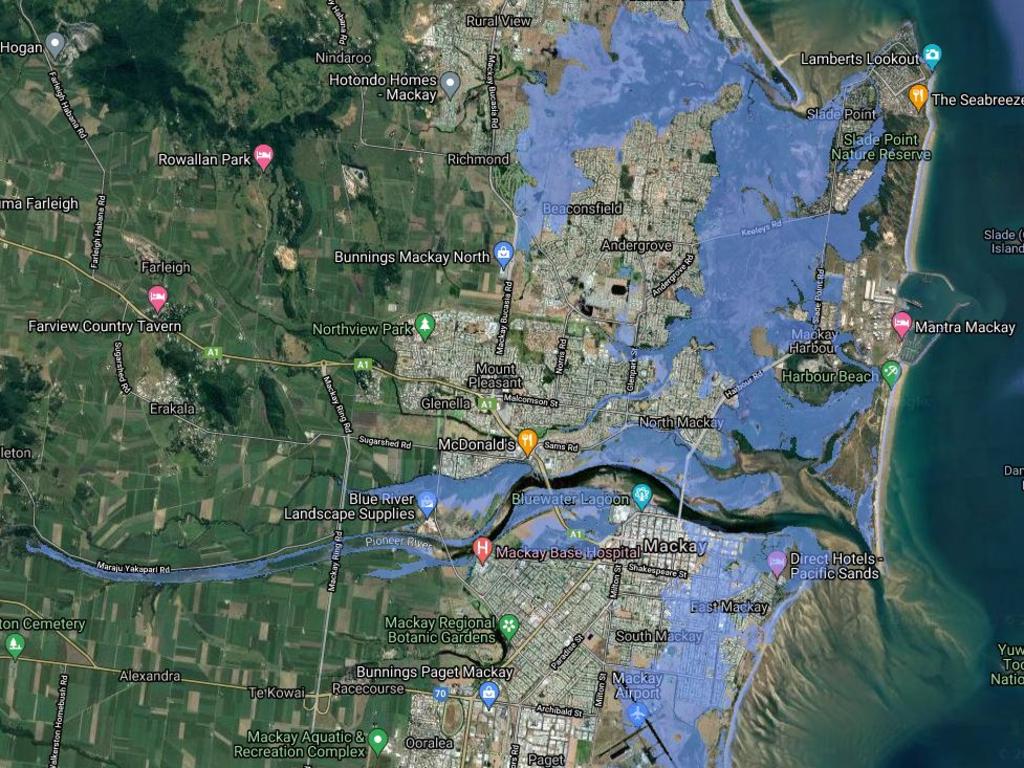
Dr McPhee said the level of concern for property owners would be dependent on how they viewed their property as a long-term investment.
“They are highly unlikely to see any additional impacts of inundation in the five- to 10-year window, although if the investment is a generational investment modelling does determine that there will be some risk that may require mitigating and some risk to property values if inundation is frequent and significant,” he said.
“Insurance companies and banks will no doubt respond over time as climate change alters the risk profile of properties and respond.”
THE WHITSUNDAYS
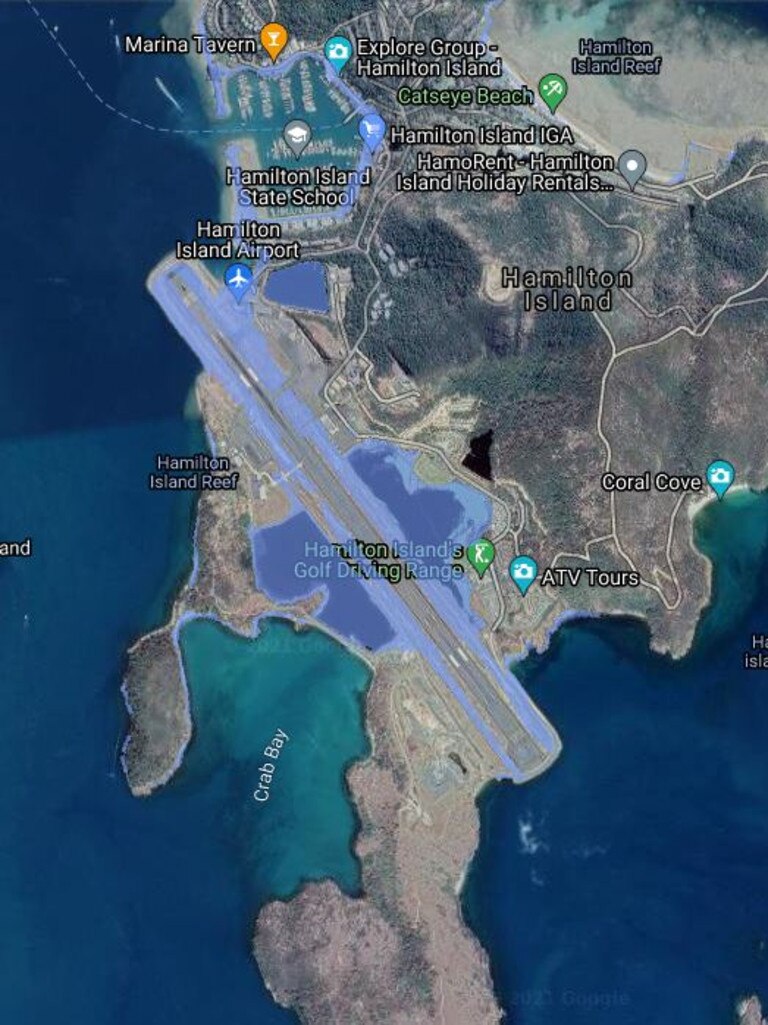
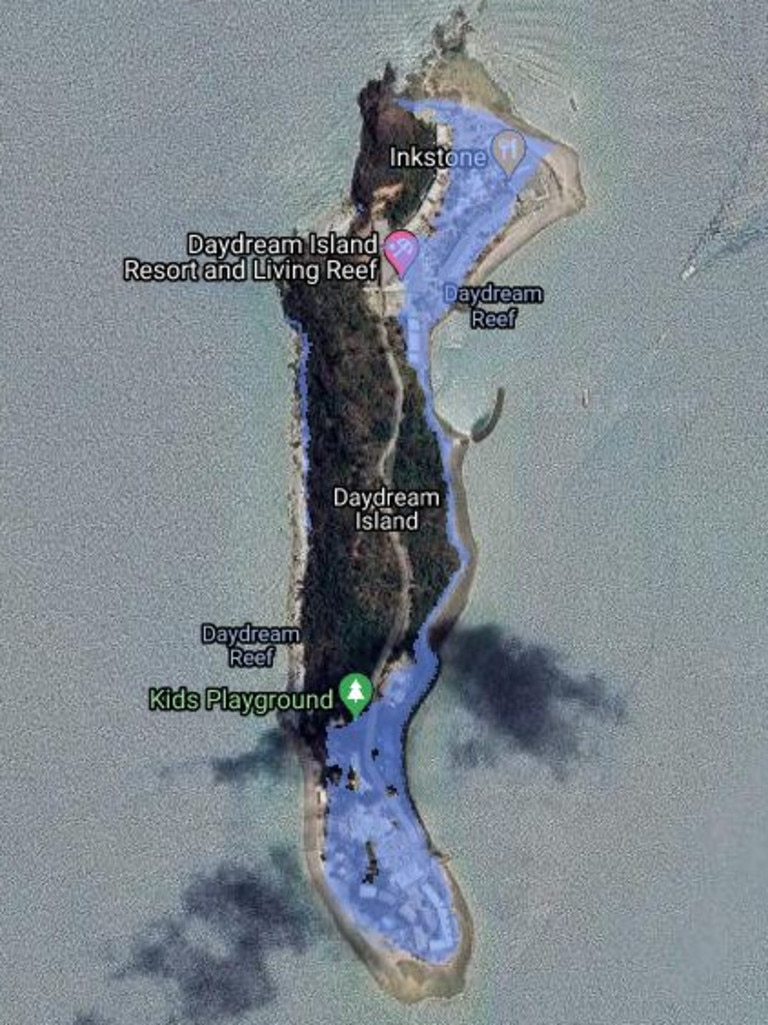
He said it was possible insurance companies will respond with higher premiums and policy exclusions and banks may become reluctant to lend money over the 30 year horizon for properties at greater risk.
SUBURBS THAT WOULD BE INUNDATED IN A HIGH-EMISSIONS SCENARIO
- Tweed Heads South
- Paradise Point
- Currumbin Waters
- Biggera Waters
- Runaway Bay
- Jacobs Well
- Norwell
- Woongoolba
- Gilberton
- Point Lookout
- Hemmant
- Myrtletown
- Shorncliffe
- Beachmere
- Bellara
- Bongaree
- Pelican Waters
- Meldale
- Mooloolaba
- Maroochydore
- Pacific Paradise
- Mudjimba
- Noosaville
- Inskip
- Burnett Heads
- Moore Park Beach
- Causeway Lake
- Port Alma
- Keppel Sands
- Armstrong Beach
- Sarina Beach
- East Mackay
- Cremorne
- Midgeton
- South Townsville
- Railway Estate
- Beach Holm
- Saunders Beach
- Forrest Beach
- Taylors Beach
- Lucinda
- Tully Heads
- Hull Heads
- Midgeree Bar
- Coconuts
- Flying Fish Point
- Russell Heads
- Cairns City
- Bungalow
- Portsmith
- Cairns North
- Machans Beach
- Port Douglas
- Wonga
- Thornton Beach
- Boomfield



